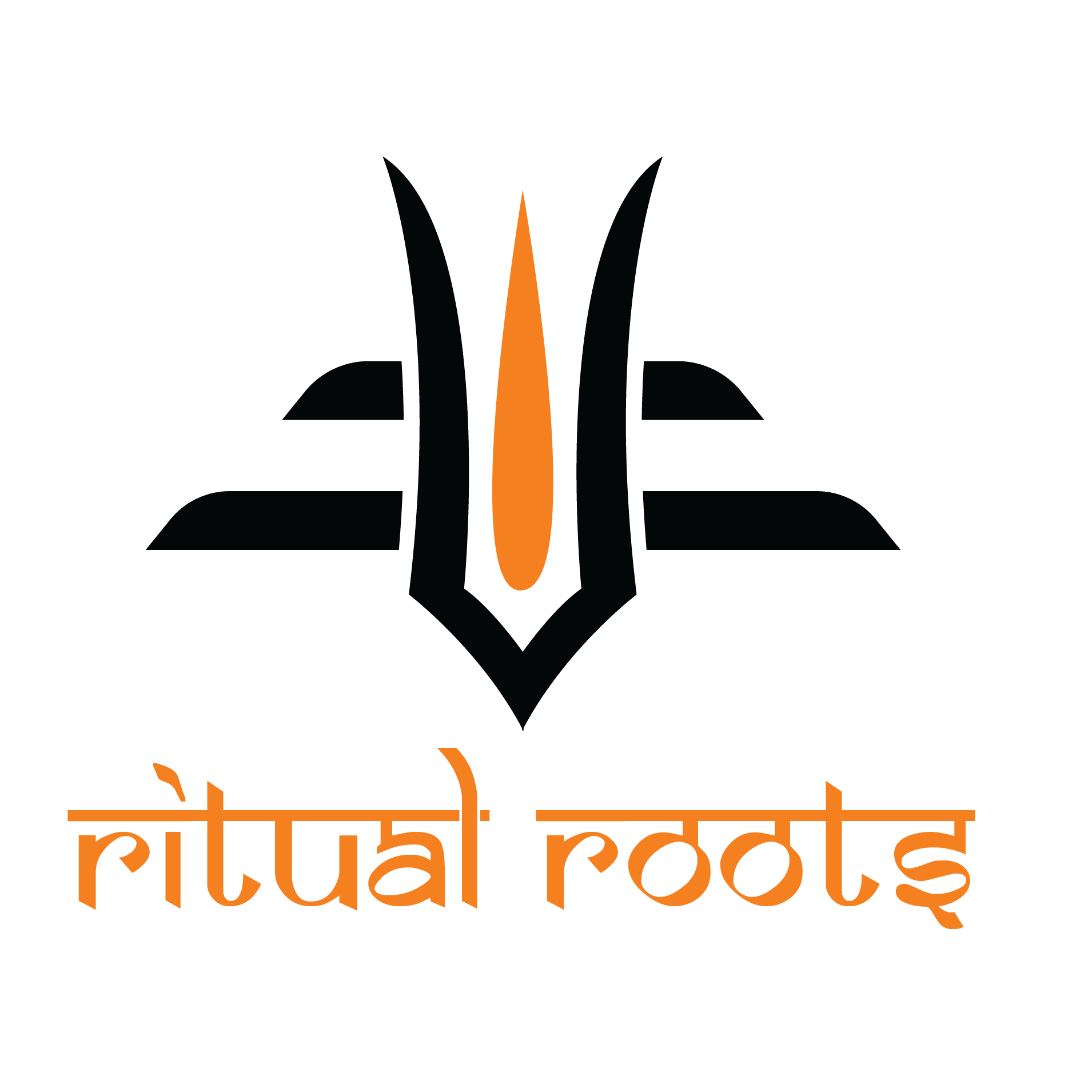The Annaprashan or “First Feeding Ceremony” is one of the most cherished Hindu samskaras, performed when a baby (usually between 6 to 12 months old) is introduced to solid food for the first time. It is both a spiritual and emotional celebration that seeks the blessings of Goddess Annapurna and the family’s ancestors for the child’s health, strength, and longevity.
During the ceremony, the Pandit Ji performs Ganapati Puja, Sankalp, Annapurna Devi Puja, and Havan. The first morsel of rice or kheer (sweet rice) is fed to the baby by the parents or grandparents. The ritual is accompanied by mantras, Aarti, and offerings of fruits and sweets to the deities.
Annaprashan is a symbol of the baby’s growth and the beginning of nourishment through food, signifying divine blessings for a prosperous life. Family and friends participate by offering prayers, feeding the baby symbolic grains, and celebrating with joy and devotion.
Performing Annaprashan brings blessings of:
-
Good health, strength, and vitality for the baby
-
Nourishment and well-being throughout life
-
Protection from negativity and evil influences
-
Prosperity, longevity, and divine grace
FAQs
1. What is Annaprashan?
It is the Hindu ritual celebrating a baby’s first intake of solid food, symbolizing growth and nourishment.
2. When should Annaprashan be performed?
It is usually performed when the baby is between 6 to 12 months old, depending on family customs and the baby’s health.
3. Who performs the ceremony?
A qualified Pandit Ji performs the rituals with Vedic mantras, invoking Goddess Annapurna’s blessings.
4. What are the benefits of Annaprashan?
-
Invokes divine blessings for health and nourishment
-
Marks the child’s next stage of growth and development
-
Strengthens family bonds and cultural values
-
Purifies and protects the child from negativity
5. Can it be performed at home or temple?
Yes, it can be performed at home, temple, or banquet hall depending on convenience and family preference.

